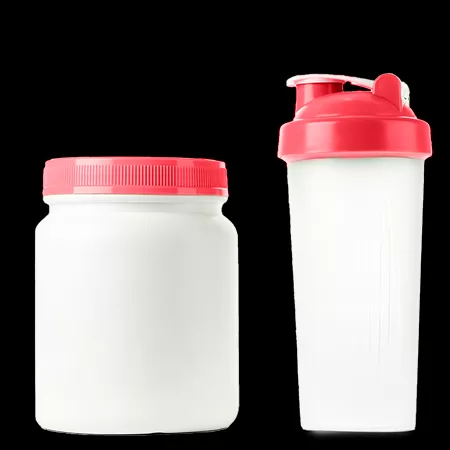GLUTAMINE – OUR MOST IMPORTANT AMINO ACID ALTHOUGH ITS NON-ESSENTIAL
Glutamine is our most abundant amino acid representing approx. 40-60% of our total amino acid pool! Glutamine dominates our blood and tissues and has so many positive functions that this post will not even get close to covering. I will go through the most important processes glutamine is involved in.
GLUTAMINE AND THE GUT
Glutamine is able to be used as an intermediate in the krebs cycle to make ATP energy available to many cells. In the enterocytes of the small intestines 75% of the energy production comes from glutamine (Labow et al. 2001). Phosphate-dependent glutaminase (GLS) is an enzyme with a high affinity for glutamine. Almost all GLS is bound to mitochondrial membrane in intestinal cells. This is highly important to maintain tissue integrity, enable adequate absorption of nutrient and prevent bacteria from translocating into the blood stream (septicaemia) (Kim & Kim, 2017).
SKELETAL TISSUE
Glutamine plays a role in mediating the activation of mammalian target of rapamycin (mTOR) which is essential for tissue size and mass regulator. The use of amino acids, mainly leucine, as anabolic inducers in muscle cells has its action on mTOR compromised when glutamine is not available (Tan et al. 2017). Glutamine is protective to resistance response injuries from its antioxidant and cytoprotective effects as it modulates the expression of heat shock proteins. Furthermore, glutamate from glutamine is an essential substrate for the synthesis of glutathione, our master antioxidant (Cruzat et al. 2014).
LIVER
Glutamine is crucial for energy metabolism and proliferation of hepatocytes in the liver. It acts a important precursor for making glucose and allows blood sugar levels to maintain a satisfactory level. It’s a key amino acid involved in nitrogen metabolism which consequently regulates the blood pH and detoxification of Ammonia via the urea cycle using glutamine (Haussinger & Schliess, 2007).
IMMUNE SYSTEM
During an infection or high catabolism, the immune cells such as macrophages, neutrophils and lymphocytes use glutamine in similar or greater levels than glucose (Newsholme et al. 1987). During these states of infection or catabolism, glutamine concentrations are decreased because of its demand and must synthesise glutamine via the skeletal muscles causing more catabolism but with the benefit of preventing disease (Oudemans-van Straaten et al. 2001).
WHY YOU SHOULD TAKE IT
Its very clear in the literature of how helpful glutamine is when in a catabolic state. By supplementing with glutamine it appears to reduce catabolism which helps to maintain lean muscle mass which is crucial when trying to lose weight. Not only that, it regulates mTOR activity and it may even increase mTOR along with leucine which no studies have been done yet which I would love to see. The impact glutamine has on the health state of your intestinal cells is significant as it’s the primary substrate for energy production, DNA and RNA synthesis via being a precursor for pyrimidine’s and purine’s. Furthermore, your immune system relies heavily on glutamine to fight infections. I have barely touched the sides with this information guys, there is honestly too much. I invite you to research glutamine yourself and find out how much it really does support the body. This supplement is a must in my book and I would highly recommend its use when trying to lose weight.













